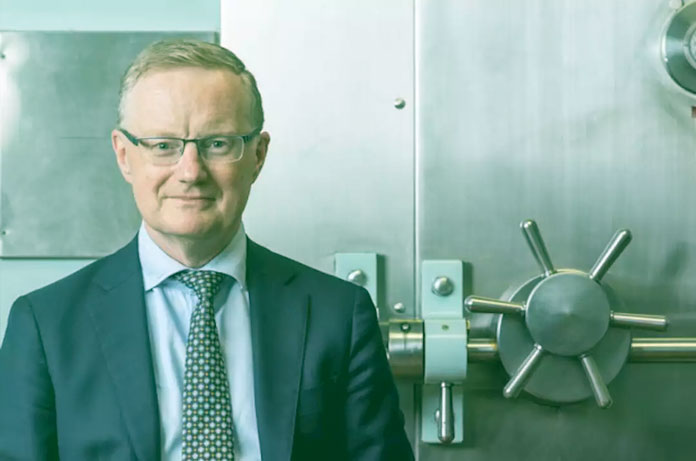
There was plenty of excitement surrounding the RBA’s unusual scheduled press conference at 4pm on Tuesday. The Governor, Phillip Lowe, and the RBA Board were definitely signalling to the market that its support would continue and that even though the Australian economy has bounced back earlier and stronger than expected, the RBA was still a long way short of its goals.
The Board does not expect cash rate rises until 2024 but a slight change in language gives them room to manoeuvre.
Key Take-aways From The Press Conference
- The board is not locked into any path and is prepared to scale support up or down if needed depending on three main factors:
- Effectiveness of current support
- What other central banks are doing
- Progress towards its own goals including full employment, wage growth of more than 3%, and inflation sustainably within the 2-3% target band
- They won’t start increasing the cash rate until there is clear evidence that its targets are being met.
- The cash rate will not rise until bond purchases have finished.
- The RBA’s central position is that the cash rate will not rise until 2024.
Conditions For A Cash Rate Rise Will Depend On The Data, Not A Date.
RBA forecasts inflation to temporarily rise to 3.5% over the Jun quarter because of some reversal from COVID related price drops at the same time last year. But its central forecast is for 1.5% inflation over 2021 rising to 2% by mid 2023.
By mid November cumulative bond purchases will amount to $237bn and they will hold little more than 30% of Australian government bonds on issue and little more than 15% of state and territory bonds.
Like many RBA speeches, some of the most interesting points were made during question time.
Select Questions
What does full employment look like and does it start with a ‘3’ or a ‘4’?
Lowe commented that he considered we would have to do is keep unemployment in the low fours for a period of time. We haven’t had much recent historic experience of full employment in the last 50 years. The evidence we do have is that we have to have an unemployment rate below ‘5’. Time will tell, but the board would hope to do better.
Are forecasts conditional upon reopening of international borders?
Lowe acknowledged the border closures had had an impact but the Board are working on the assumption borders will open up sometime over the next year particularly for workers where we have a shortage of skills. If the borders are still closed in 18-24 months then the outlook will be different.
New Zealand and Canada are hinting at earlier rate rises, possibly as early as next year, what affect does that have on your outlook?
If those other banks increase rates in 2023 the main transmission to us is through exchange rates. You would expect their exchange rate to go up a little bit. The more fundamental question is why they might increase rates and we may not. That is because we are further away from our targets and the Bank of Canada is closer. Wage growth has fallen by more and its stepped down since the pandemic.
We want to get inflation and wage growth back to target.
The main reason we want inflation back in the 2-3% target is that over time we want interest rates to normalise and that gives us the capability to lower interest rates in the next downturn.
Notes from the Statement
At the RBA board meeting on Tuesday, the board announced further stimulus that it believes the economy needs as it transitions from the recovery phase to an expansion phase. The media release confirmed:
- The cash rate will stay at 0.1% and the board will keep the April 2024 bond as the bond for its yield target
- It will keep buying bonds after its current program ends in early September. Purchases will be $4bn per week, down from $5bn per week, until at least mid November
- Interest on exchange settlement balances will be kept at zero
The statement reiterated:
The Board remains committed to maintaining highly supportive monetary conditions to support a return to full employment in Australia and inflation consistent with the target. It will not increase the cash rate until actual inflation is sustainably within the 2 to 3 per cent target range. The Bank’s central scenario for the economy is that this condition will not be met before 2024.






























